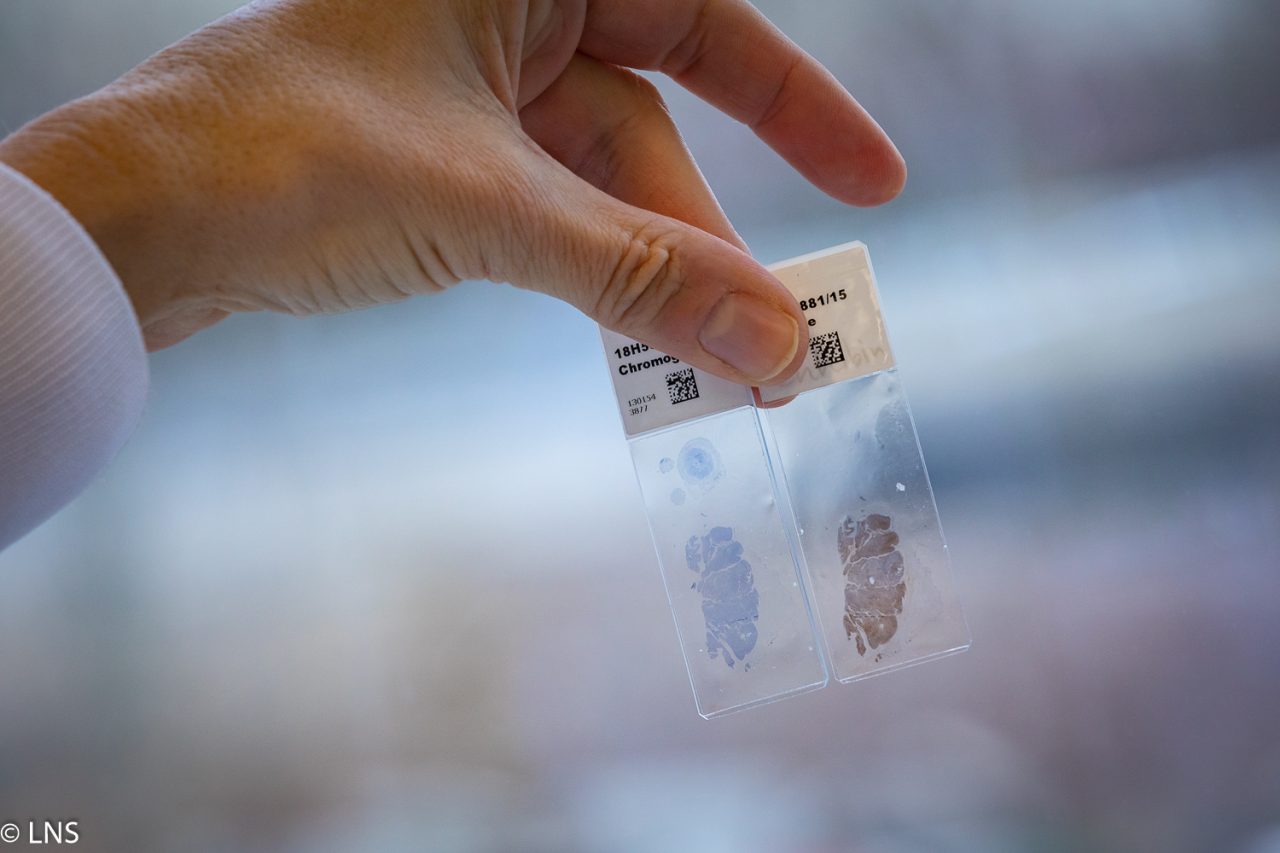

Authors: Bernatz S, Ilina EI, Devraj K, Harter PN, Mueller K, Kleber S, Braun Y, Penski C, Renner C, Halder R, Jennewein L, Solbach C, Thorsen F, Pestalozzi BC, Mischo A, Mittelbronn M
Breast cancer (BC) is the most frequent malignant tumor in females and the 2nd most common cause of brain metastasis (BM), that are associated with a fatal prognosis. The increasing incidence from 10% up to 40% is due to more effective treatments of extracerebral sites with improved prognosis and increasing use of MRI in diagnostics. A frequently administered, potent chemotherapeutic group of drugs for BC treatment are taxanes usually used in the adjuvant and metastatic setting, which, however, have been suspected to be associated with a higher incidence of BM. The aim of our study was to experimentally analyze the impact of the taxane docetaxel (DTX) on brain metastasis formation, and to elucidate the underlying molecular mechanism.
A monocentric patient cohort was analyzed to determine the association of taxane treatment and BM formation. To identify the specific impact of DTX, a murine brain metastatic model upon intracardial injection of breast cancer cells was conducted. To approach the functional mechanism, dynamic contrast-enhanced MRI and electron microscopy of mice as well as in-vitro transendothelial electrical resistance (TEER) and tracer permeability assays using brain endothelial cells (EC) were carried out. PCR-based, immunohistochemical and immunoblotting analyses with additional RNA sequencing of murine and human ECs were performed to explore the molecular mechanisms by DTX treatment.
Taxane treatment was associated with an increased rate of BM formation in the patient cohort and the murine metastatic model. Functional studies did not show unequivocal alterations of blood-brain barrier properties upon DTX treatment in-vivo, but in-vitro assays revealed a temporary DTX-related barrier disruption. We found disturbance of tubulin structure and upregulation of tight junction marker claudin-5 in ECs. Furthermore, upregulation of several members of the tubulin family and downregulation of tetraspanin-2 in both, murine and human ECs, was induced.
In summary, a higher incidence of BM was associated with prior taxane treatment in both a patient cohort and a murine mouse model. We could identify tubulin family members and tetraspanin-2 as potential contributors for the destabilization of the blood-brain barrier. Further analyses are needed to decipher the exact role of those alterations on tumor metastatic processes in the brain.
Journal of Experimental & Clinical Cancer Research : CR, 38(1), 434